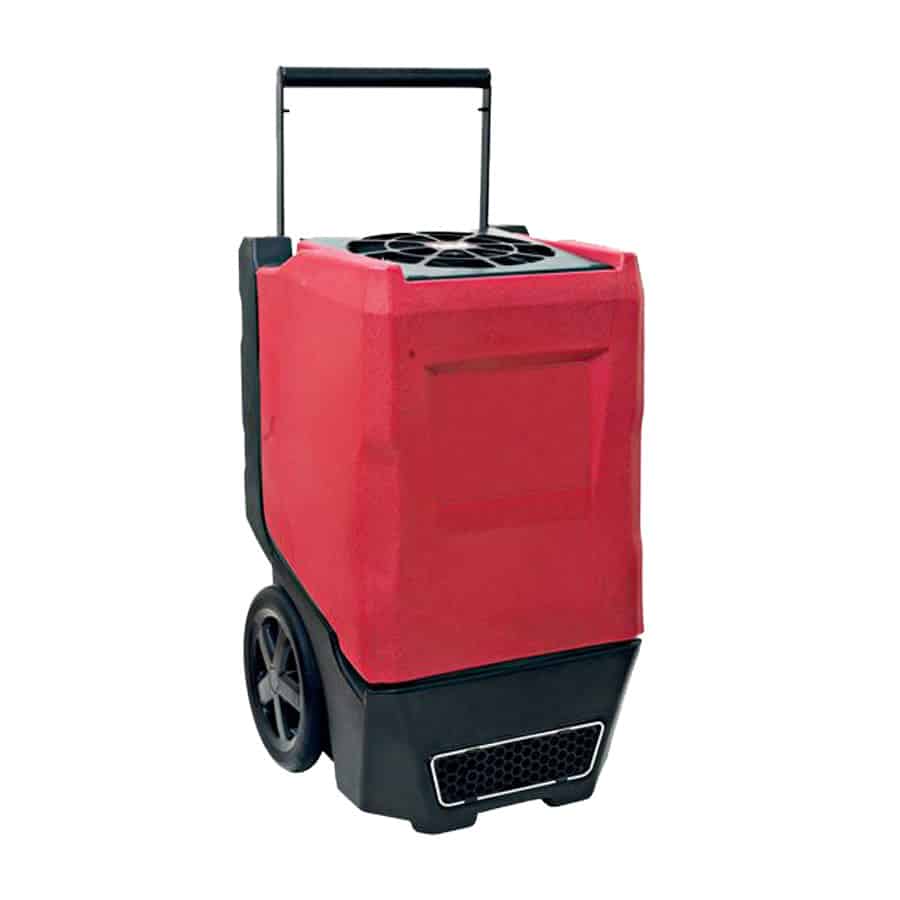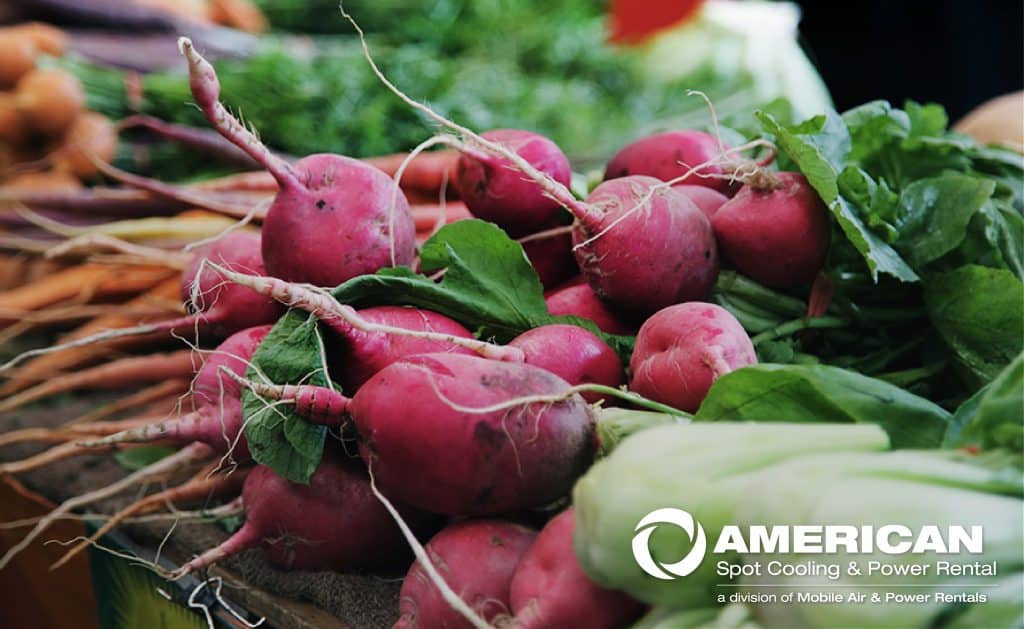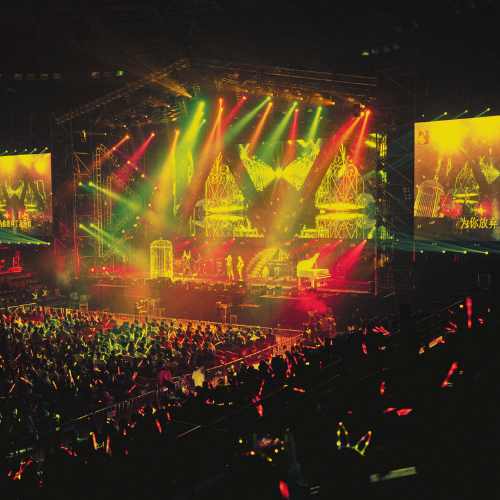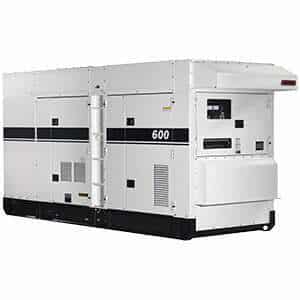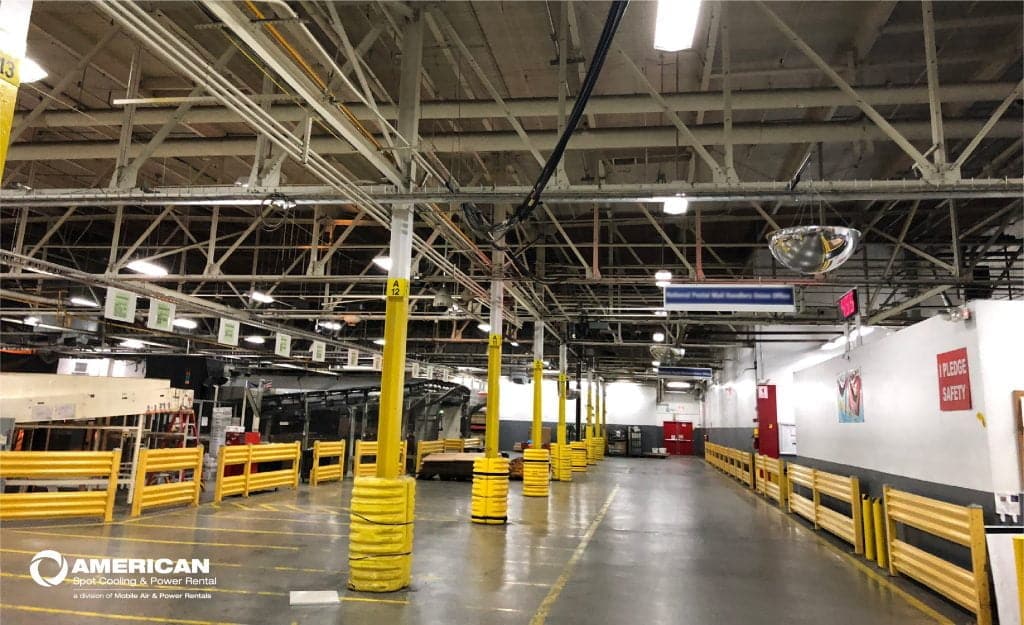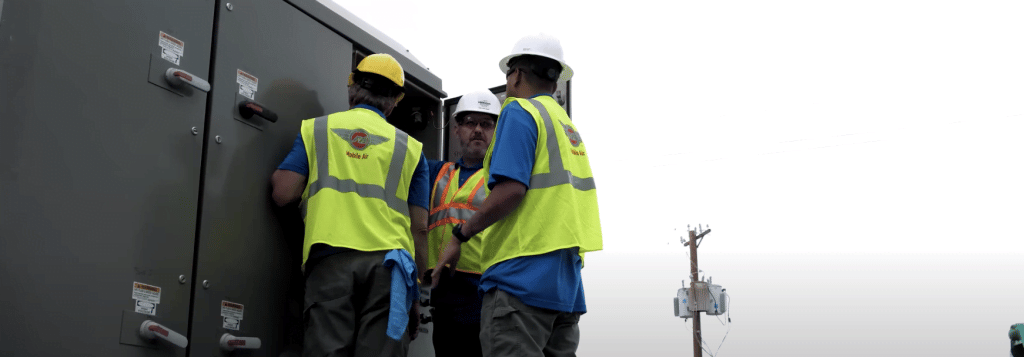For many facilities and job sites, including restoration projects, low-grain refrigerant dehumidifiers offer the necessary features to help alleviate excessive moisture concerns. From understanding the various equipment options, to the grains per pound and moisture levels on hand, it is crucial to have a team on your side that can assist when faced with moisture related issues. In the following, we will take a look at the available rental options on the market and which are best suited for a variety of applications.
The Different Types of Dehumidifiers
Choosing the right rental dehumidifier for your particular needs may appear to be difficult. But if you consider the uses and applications of each type before you make your decision, you’ll come out with the dehumidifier that’s right for your project.
Conventional Refrigerant Dehumidifiers
This system, also known as Commercial Grade Refrigerant (CGR), is the type most commonly used. Cold coils are used to gather water from the air, thus drying the surrounding space once it is cycled through the system. Conventional dehumidifiers work best at temperatures between 70º and 90º F. These systems are best used when the humidity is not at extremely high levels because they are less efficient than the other options listed below.
Desiccant Dehumidifiers
If you are familiar with the little packets of silica gel that come in a new pair of shoes, you are familiar with how desiccant dehumidification works. Desiccant systems utilize a wheel covered in a desiccant material like Zeolite that spins slowly as a fan draws air through the wheel. The moisture is absorbed in the desiccant, and the resulting air has less moisture.
Low-grain Refrigerant Dehumidifiers
Low-grain refrigerant dehumidifiers (LGR dehumidifiers) use a low-grain refrigeration system that removes much more humidity than conventional dehumidifiers and uses significantly less energy. LGR systems are similar to conventional dehumidifiers but add an extra step to the process.
These dehumidifiers use three different techniques:
- Air-to-air heat exchanger: replaces liquid refrigerants
- Heat pipe system: accumulates hot air, cools it, then heats it back up to evaporate the collected water
- Thermal siphon system: uses stacked hot and cold coils that take the place of conventional heat pipe systems
If you’re a water damage restoration professional, this is the system you need for moisture removal needs. They are much more effective at drawing moisture from the air than traditional models and have the added benefit of being more energy-efficient. Lastly, unlike conventional refrigerants, an LGR dehumidifier will continue to remove water below 55 grains per pound (a unit of measurement used to gauge moisture in the air).
Commercial Applications of LGR Dehumidifiers
LGR dehumidifiers have several industrial and commercial uses. Some of the most common applications include:
Protecting Inventory: One main use for this type of system is keeping a company’s stored merchandise and products safe from mold, mildew, and rust. Because they are energy efficient compared to other dehumidifiers, they can be used in larger spaces, such as warehouses.
Water Damage Mitigation: As mentioned, this is the go-to dehumidifier type for water damage restoration professionals. Portable, low-energy, and highly effective at removing water vapor, LGRs get the big work done when there has been a flood or a major mold or mildew problem.
The type of unique issues you face and your particular situation should be factors in deciding the right rental dehumidification system for your needs. For many use cases, Mobile Air & Power Rentals LGR and industrial dehumidifier rentals will be a versatile and reliable solution. Give us a call today at 888-305-3038. Our staff will work with you on choosing the best rental LGR equipment for the job.
